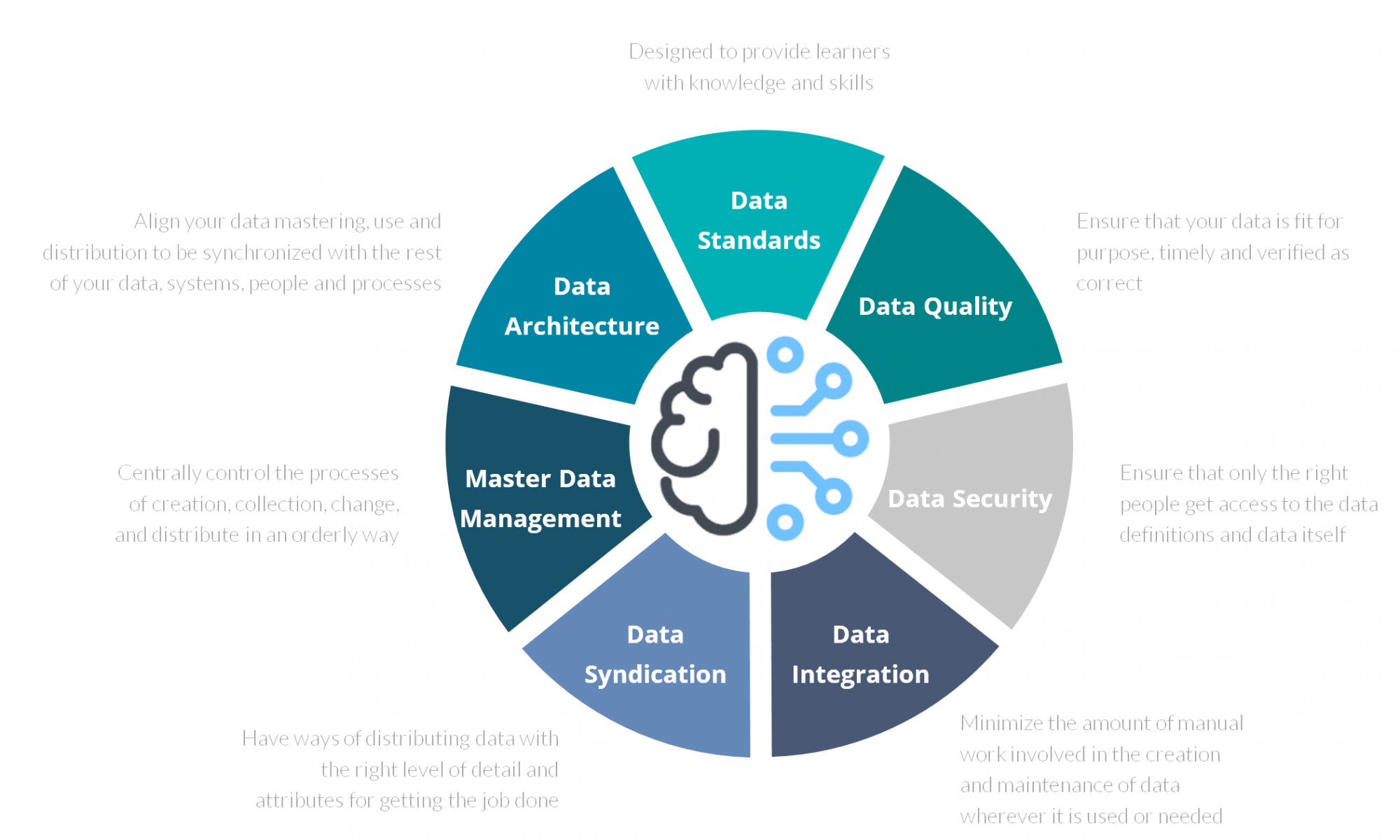The TOGAF Standards were developed by the Architecture Forum Information Architecture Work Group and approved by The Open Group and are part of an enterprise methodology and framework targeted at helping organizations improve business efficiency.
The TOGAF® Series Guide to Information Architecture: Customer Master Data Management (C-MDM) targets how to “successfully implement C-MDM in an organization to increase the value generated to its customers’ kernel customer data value“.
In this detailed guide, the focus is on Customer Master Data Management as a critical aspect of information architecture that deals with organizing and maintaining accurate, consistent, and complete customer data across an organization.
As a discipline, it involves the processes, governance, policies, standards, and tools that consistently define and manage the critical data of an organization’s customers. In the context of TOGAF, it is a vital part of the information architecture, ensuring that customer data is managed coherently across different business units and technology platforms.
Effective Customer MDM is important for enterprises dealing with diverse customer data sources, such as sales, marketing, customer support, and online interactions.
A centralized and well-organized customer database enables businesses to gain a 360-degree view of their customers. A holistic perspective is invaluable for understanding customer behavior, preferences, and demographics, which, in turn, enables targeted marketing strategies, personalized customer experiences, and improved customer engagement.
The TOGAF Series Guide outlines the key components of Customer Master Data Management within the information architecture framework.
The components include data modeling, data governance, data quality management, data integration, and data security.
- Data modeling involves defining the structure of customer data and ensuring consistency and coherence across the organization.
- Data governance establishes policies and procedures for data management, defining roles and responsibilities within the organization.
- Data quality management focuses on maintaining accurate and reliable customer data and identifying and rectifying inconsistencies and errors.
- Data integration involves merging customer data from various sources to create a unified view.
- Data security ensures that customer data is protected from unauthorized access, ensuring compliance with regulatory requirements.
The TOGAF Guide provides a systematic approach for implementing C-MDM using the TOGAF methodology.
This approach involves understanding business requirements, defining a clear vision for Customer MDM, conducting stakeholder analysis, and aligning Custer Master Data initiatives with overall business goals and objectives.
The guide emphasizes the importance of creating a detailed roadmap, outlining specific tasks, milestones, and timelines for implementing CMDM within the organization, and stresses the need for continuous monitoring and evaluation, allowing enterprises to adapt their strategies based on evolving business needs and technological advancements.
There is an acknowledgment of the challenges associated with implementing CMDM, such as data silos, legacy systems, and resistance to change within the organization. To address these challenges, the guide provides best practices, including fostering a data-driven culture within the organization, establishing strong data governance frameworks, investing in advanced data integration technologies, and providing regular training and awareness programs for employees.
By following these best practices, enterprises can overcome obstacles and successfully implement CMDM, ensuring the integrity and accuracy of customer data.
Like all TOGAF Series Guides, this guide is a comprehensive resource that outlines the principles, processes, and best practices for managing customer data within the context of enterprise architecture.
By following the guidelines provided, organizations can enhance their customer relationships, improve operational efficiency, and gain a competitive advantage in the market.
Implementing effective CMDM not only ensures accurate and consistent customer data but also paves the way for innovative and customer-centric business strategies, driving long-term success and sustainability for enterprises in today’s data-driven world.


